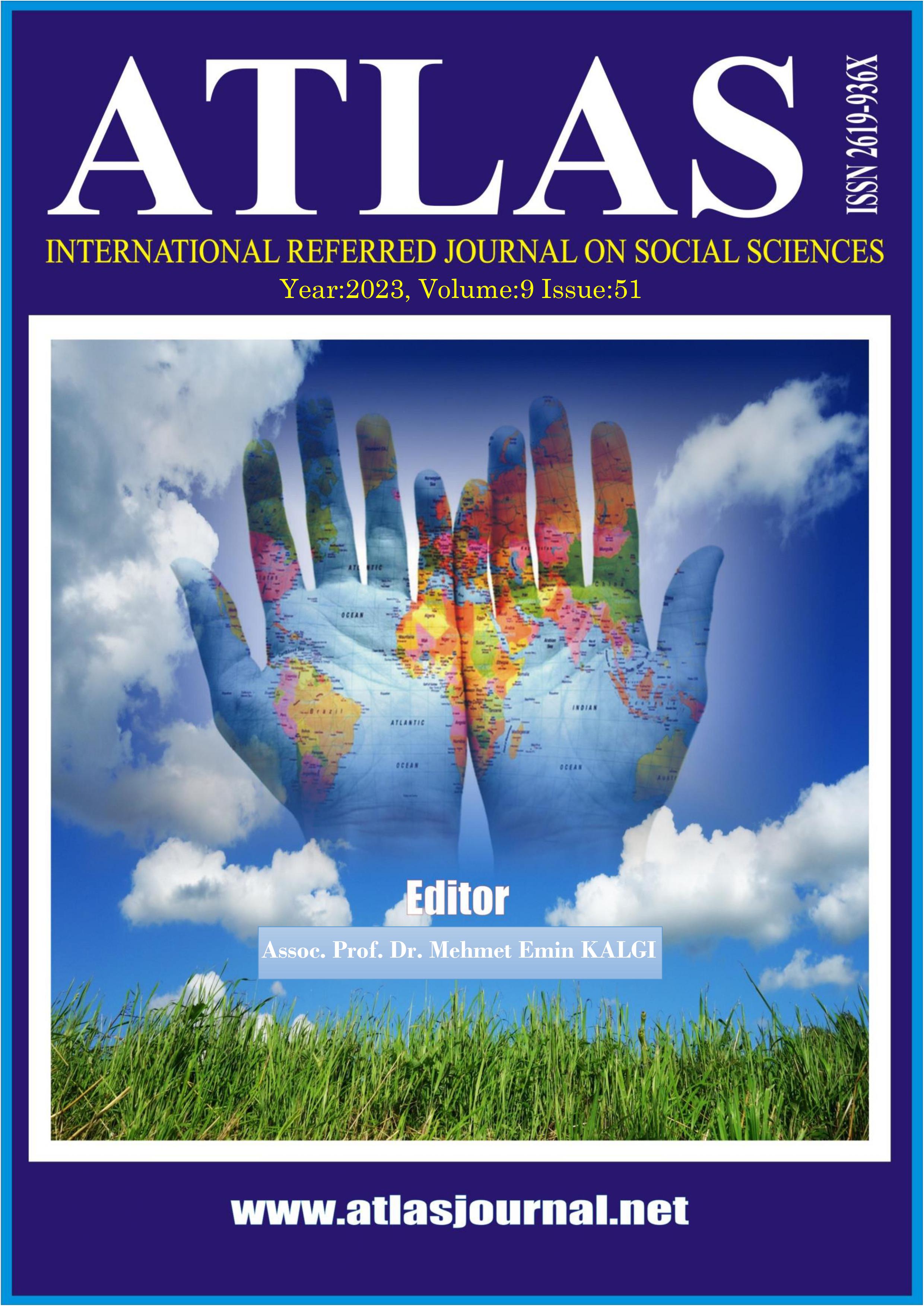Samples of Our Handicrafts Survived at Osmaniye Municipality Art and Vocational Education Center
DOI:
https://doi.org/10.5281/zenodo.8362329Keywords:
Cross-stitch , Handicrafts, Fabric, Osmaniye, EmbroideryAbstract
Our Turkish handicrafts have an important place in our cultural heritage. The art of embroidery in our handicrafts is historical documents that reflect our cultural values and that can maintain its vitality today and show the social-cultural structure of the region that requires handicraft. Embroidery has an important place in Turkish arts. The motifs processed in order to express feelings and thoughts while embroidering reflect the inner world of the human being.
Cross-stitch is the most common type of embroidery in Anatolia. It is processed by passing the cross-stitch threads through the fabric holes with needle and hand. Color and pattern compositions, which were shaped according to the geography in which women embroidered with hand labor in Anatolia, were shaped according to feelings and thoughts.
Efforts are being made to transfer cross-stitch embroidery, one of our arts that can survive today and attract great attention, to future generations. In particular, courses affiliated to units such as women's activity centers and public education centers opened within official institutions are opened. Osmaniye Municipality Art and Vocational Education Center is an example of these units. The cross-stitch course, which is one of our handicraft courses opened within OBEM, has been actively working for years. In addition to teaching embroidery techniques during the course, new and different designs are also included. There are general information about the work samples produced in the OBEM Cross-stitch course, which is determined as the study subject, information about the visuals and bibliographies of the work samples.
References
Barışta, H. Ö.(2005). Türkiye Cumhuriyeti Dönemi Halk Plastik Sanatları. Ankara: Kültür ve Turizm Bakanlığı Yayınları: 3045.
Berker, N. (1981). İşlemeler. Yapı Kredi Bankası Yayınları. 1981.
Can, M. (2017) Anadolu Türk Kültüründe Kanaviçe, Motif Akademi Halkbilimi Dergisi, Cilt:10, Sayı:20
Meydan Larrousse Ansiklopedisi. (1971). Kanaviçe. Cilt:6, İstanbul, s:859.
Nas, E. (2012). “Konya Yöresi El Sanatlarında Anlam Yüklü Motiflerin Halk Diline Yansıması”, Turkish Studies - International Periodical For The Languages, Literature and History of Turkish or Turkic, S. 7/1, s. 1619-1633.
Sönmez, K. (2016). “Konya İli Bozkır İlçesinde Çeyiz Kültürü”, Uluslararası Sempozyum: Geçmişten Günümüze Bozkır, 6-8 Mayıs 2016, Konya. Selçuk Üniversitesi Türkiyat Araştırmaları Enstitüsü Yayınları: 9, Bildiriler Kitabı, s. 885-902.
Sürür, A.. (1976). Türk İşleme Sanatı. İstanbul: Ak Yayınları, Türk Süsleme Sanatları Serisi: 4
Downloads
Published
How to Cite
Issue
Section
License
Copyright (c) 2023 Atlas Journal

This work is licensed under a Creative Commons Attribution-NonCommercial 4.0 International License.


